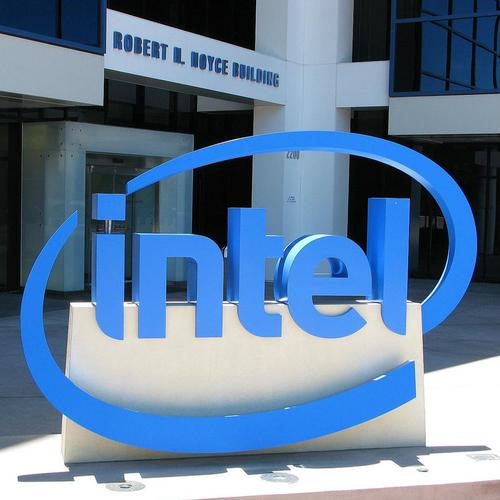Mobile Losses of $4.2B Dent Intel's Profits
Mobile division racks up operating losses of $4.2 billion as it chases market share, but that didn't stop the chip giant from having a standout year, with data center and IoT products contributing to growth.
January 16, 2015

Intel unveiled the full financial impact of its mobile market share growth strategy late Thursday when it announced a full financial year operating loss of $4.2 billion for its Mobile and Communications Group, which reported full-year revenues of just $202 million, down 85% year-on-year.
Fortunately for Intel Corp. (Nasdaq: INTC) it has the scale to be able to take that hit. Its 2014 group revenues totaled $55.87 billion, up 6%, while its operating profit grew by 25% to $15.35 billion. Group net income for the year to December 27, 2014, was $11.7 billion, up by 22% compared with a year earlier.
Notable revenue and operating profit gains were made by its Data Center and Internet of Things groups.
Revenues in $ millions | Q4 2014 | Q4 2013 | Full year 2014 | Full year 2013 |
PC Client Group | 8,871 | 8,616 | 34,669 | 33,270 |
Data center Group | 4,091 | 3,262 | 14,387 | 12,161 |
Internet of Things Group | 591 | 538 | 2,142 | 1,801 |
Mobile and Communications Group | -6 | 326 | 202 | 1,375 |
Software and services operating segments | 557 | 591 | 2,216 | 2,190 |
Other | 617 | 501 | 2,254 | 1,911 |
Total | 14,721 | 13,834 | 55,870 | 52,708 |
Source: Intel |
Operating profit/loss in $ millions | Q4 2014 | Q4 2013 | Full year 2014 | Full year 2013 |
PC Client Group | 3,979 | 3,374 | 14,635 | 11,751 |
Data center Group | 2,230 | 1,603 | 7,279 | 5,569 |
Internet of Things Group | 185 | 208 | 616 | 550 |
Mobile and Communications Group | -1,110 | -874 | -4,206 | -3,148 |
Software and services operating segments | 25 | 30 | 55 | 24 |
Other | -856 | -792 | -3,032 | -2,455 |
Total | 4,453 | 3,549 | 15,347 | 12,291 |
Source: Intel |
While its group numbers hit record highs, it's the performance and strategy at the Mobile and Communications Group (MCG), which develops chips for tablets and smartphones (as well as networking components such as baseband processors and radio frequency transceivers), that is attracting most of the attention. Intel has been clear about its intentions, noting at its annual investor meeting in November 2014 that it has been subsidizing its mobile chips to gain market share. (See Intel Chief Defends Huge Mobile Losses.)
Those subsidies have clearly gone to an extreme level, as Intel's financial report shows that the MCG recorded negative revenue of $6 million for the final quarter of 2014. (Was it paying some customers to take its chips?) The operating loss for that quarter alone was $1.11 billion.
The strategy has given Intel a position in the tablet chip market, though: The company exceeded its target for the year, shipping 46 million tablet chips compared with its previously stated goal of 40 million. Intel CEO Brian Krzanich noted on the company's earnings call late Thursday that Intel believes it can grow at the same pace as the overall tablet market, and possibly even faster.
In addition, Krzanich is aiming to reduce MCG's losses by $800 million in 2015 now that the company has established itself in the tablet market, gained some scale and is finally introducing its lower-cost SoFIA mobile system-on-a-chip (SoC) for tablets and smartphones, which Intel does not intend to subsidize.
How much visibility Intel will provide into MCG's costs and operating performance in the coming year is unclear, though, as the unit is being merged with the PC Client Group, the largest single group within Intel in terms of sales and operating profits.
On the company's earnings call late Thursday, the CEO noted that the 3G version of SoFIA is currently going through carrier certification processes ahead of commercial market introduction, while a 4G LTE version will be introduced in the second half of 2015.
For more on what was said during the Intel earnings call, see this Seeking Alpha transcript.
Intel's share price ended Thursday at $36.19, but dipped by about 3% in after-hours trading following the conference call as the company's guidance for the first quarter was not as good as Wall Street was expecting.
— Ray Le Maistre, 

 , Editor-in-Chief, Light Reading
, Editor-in-Chief, Light Reading
You May Also Like










